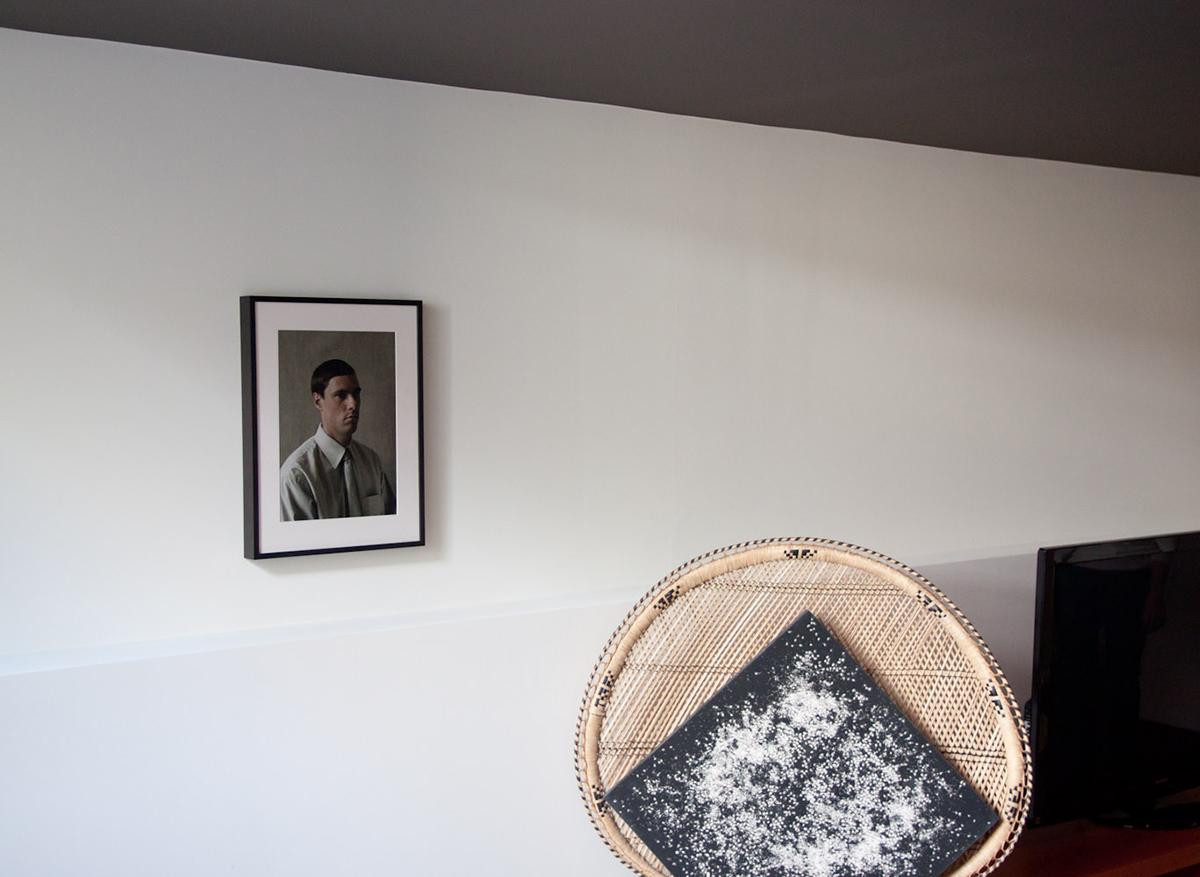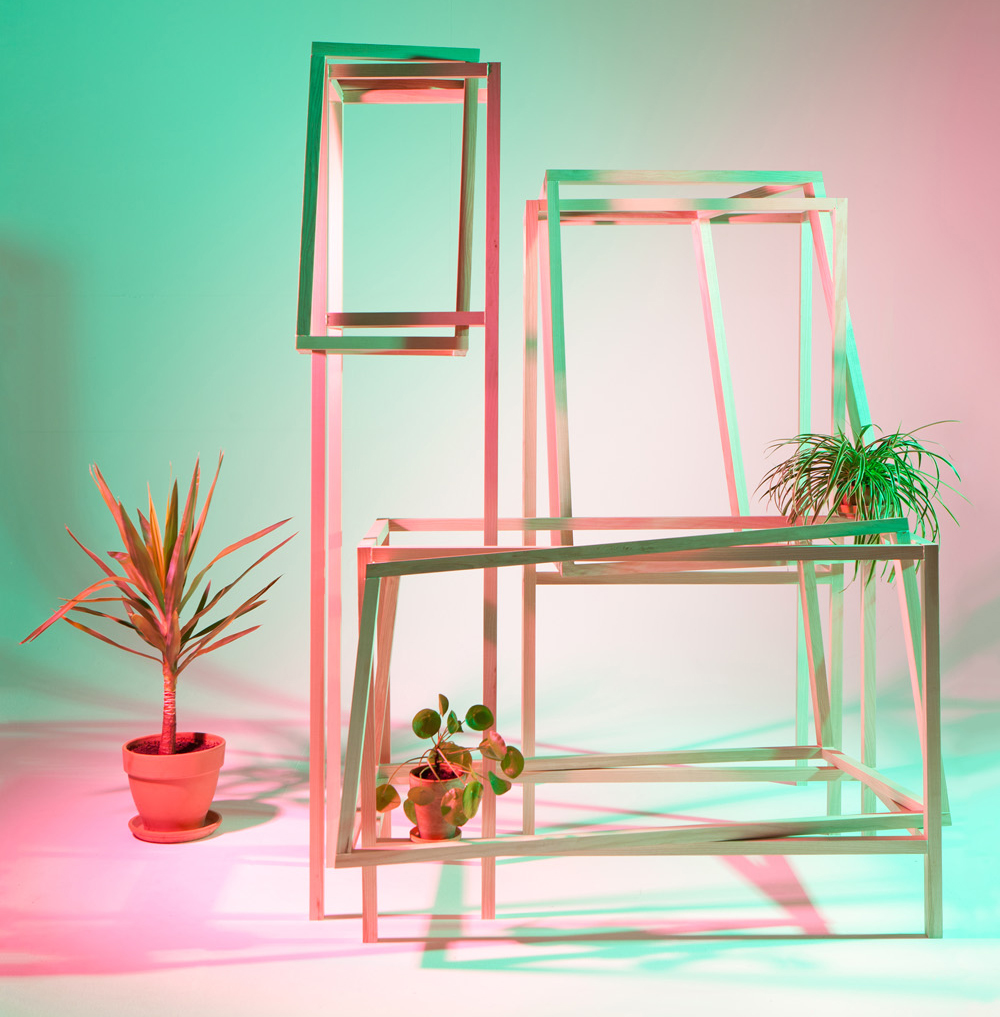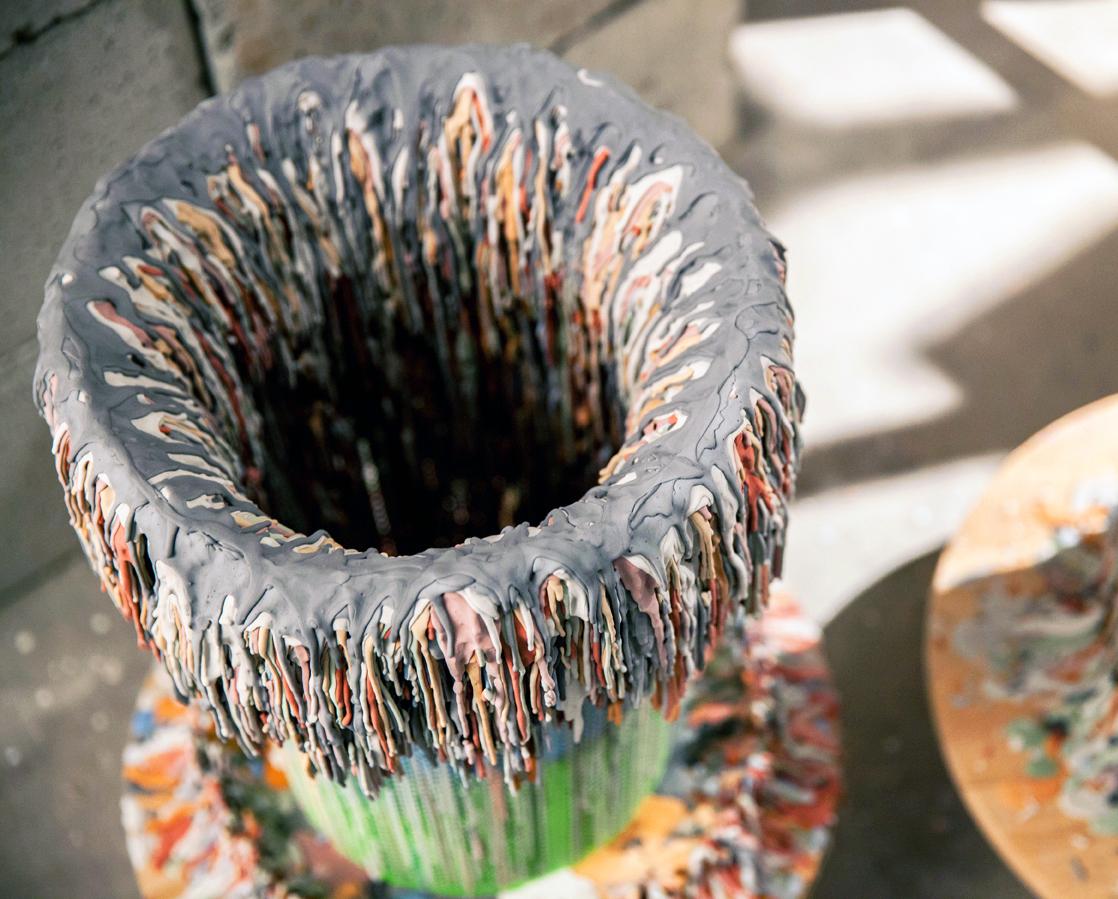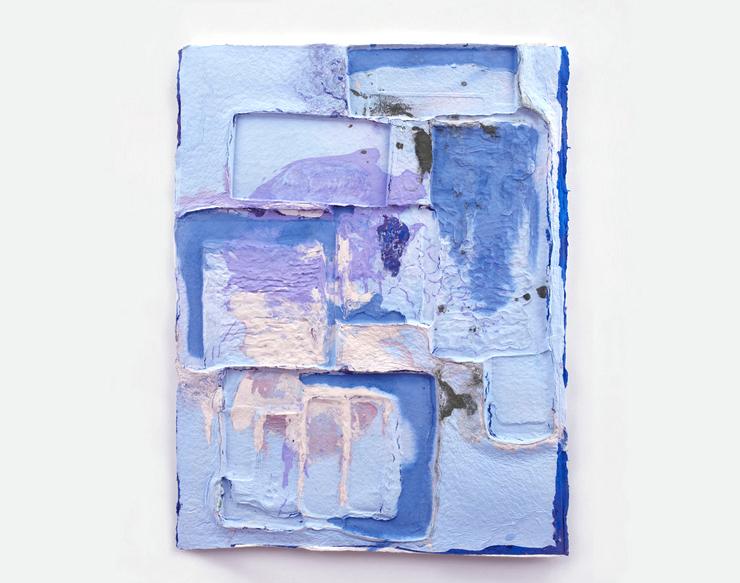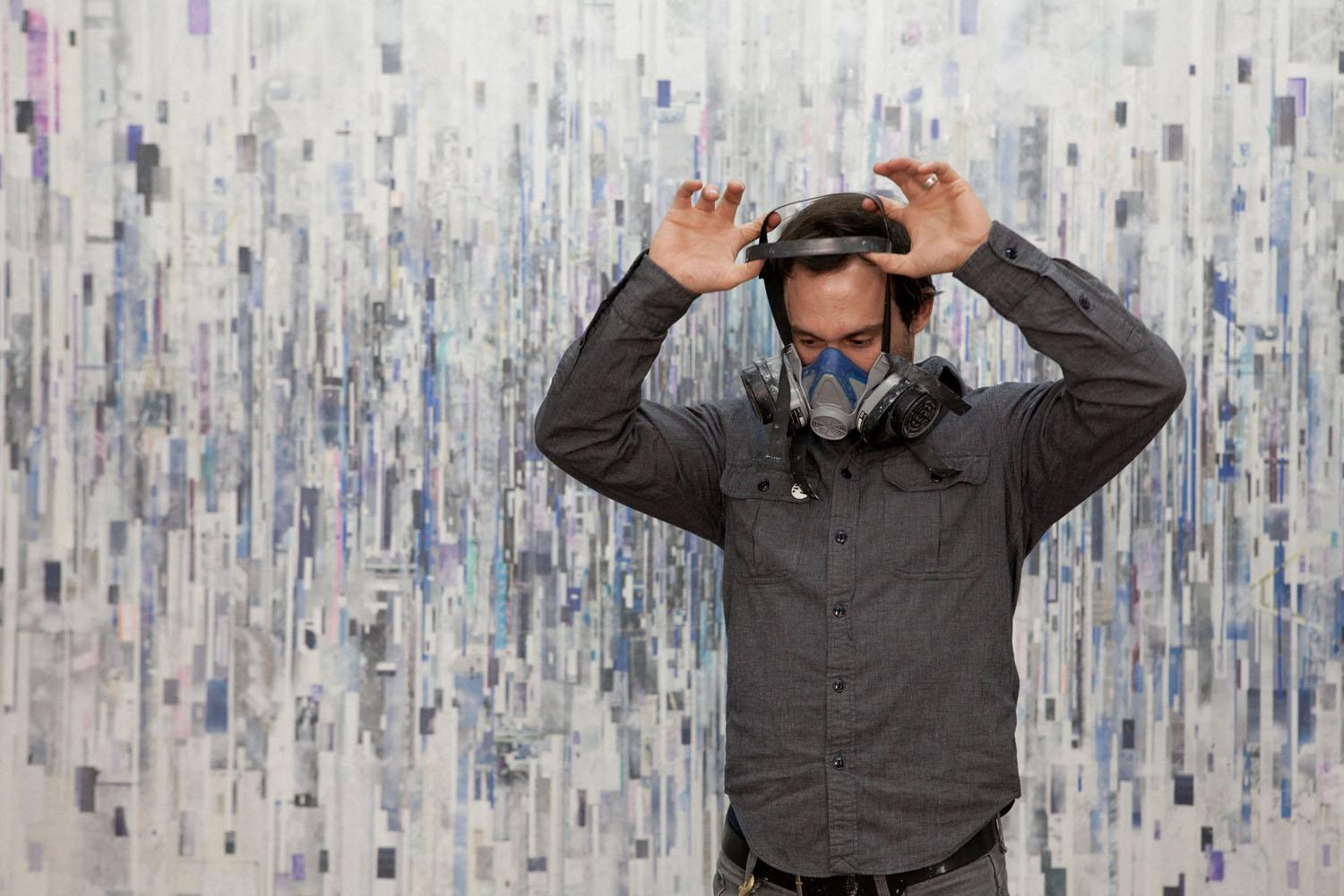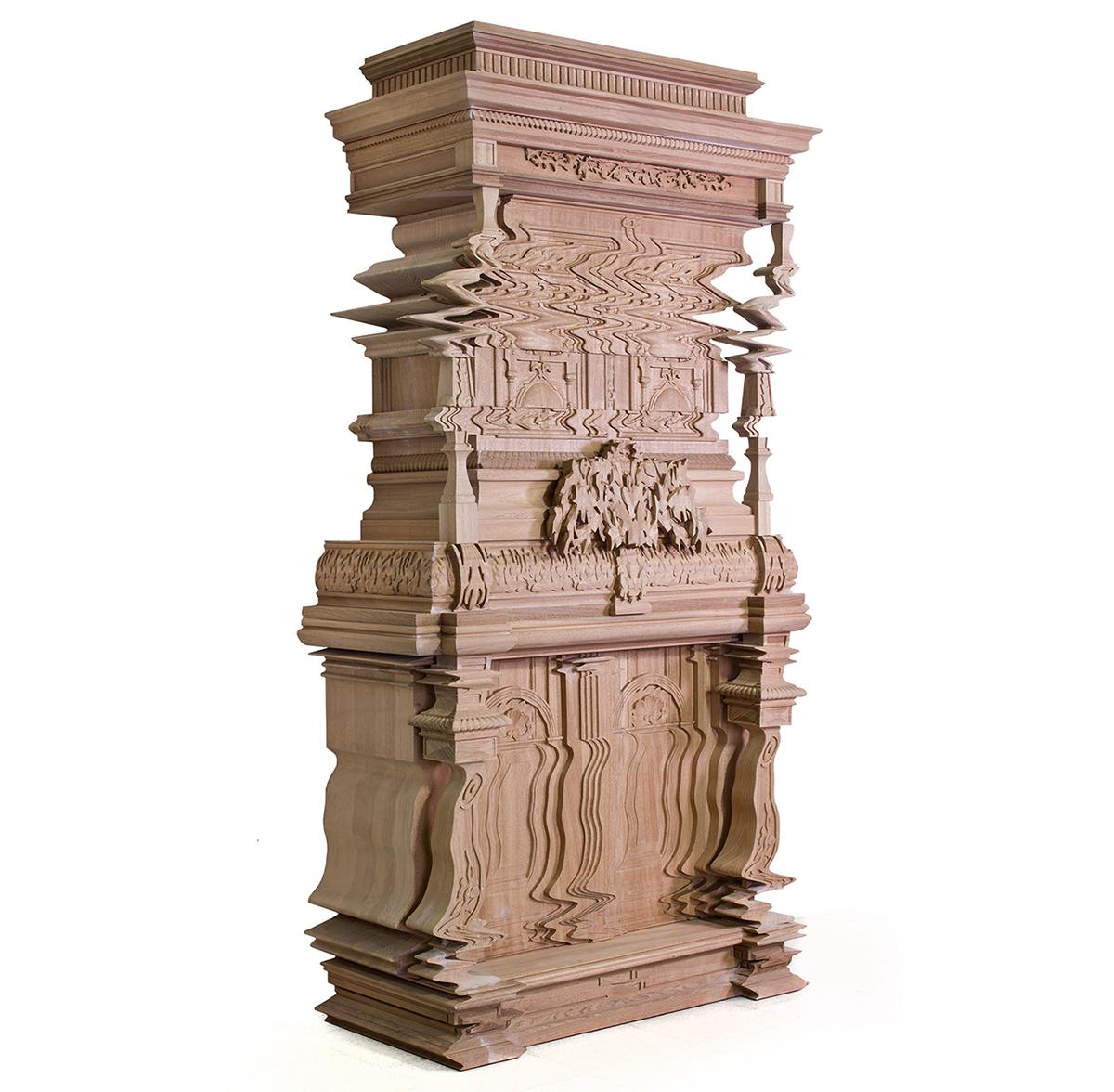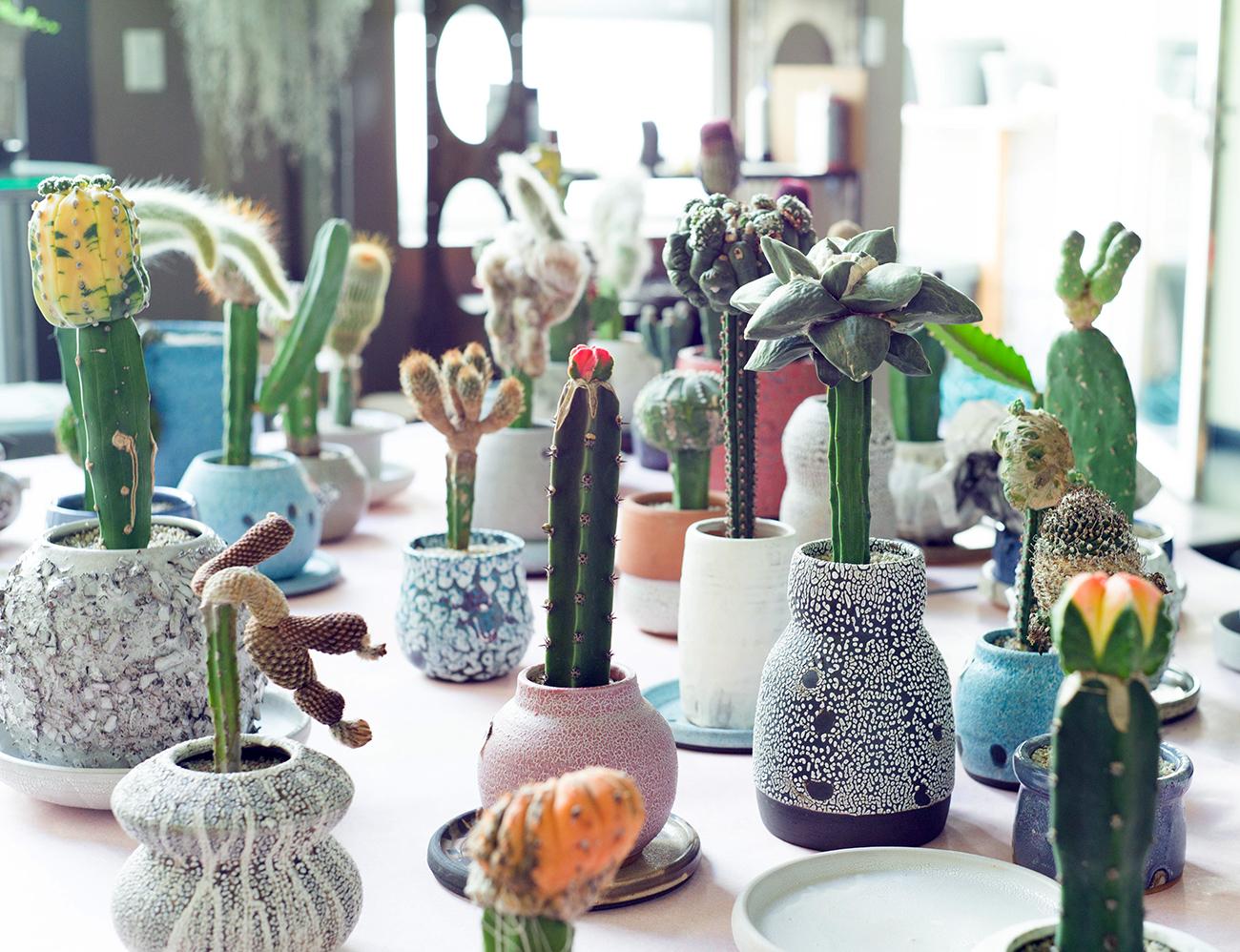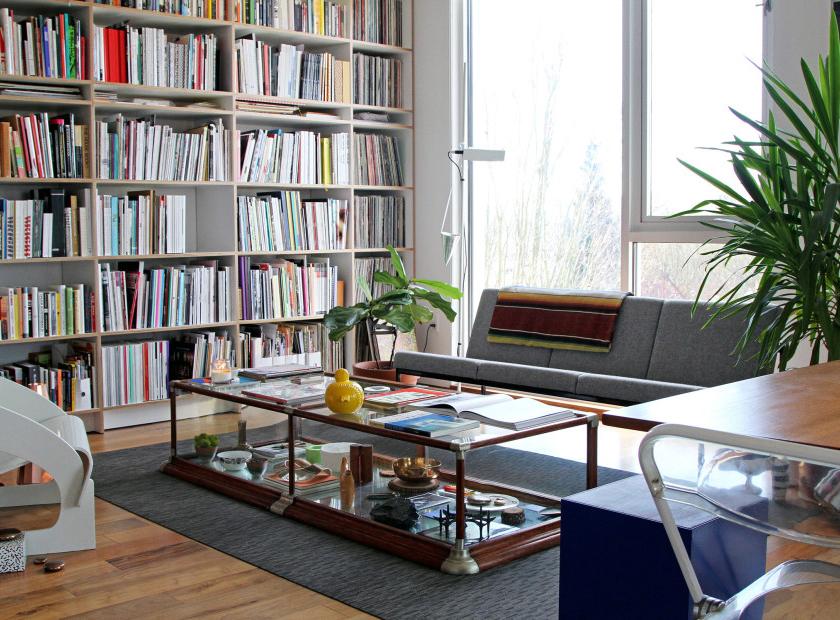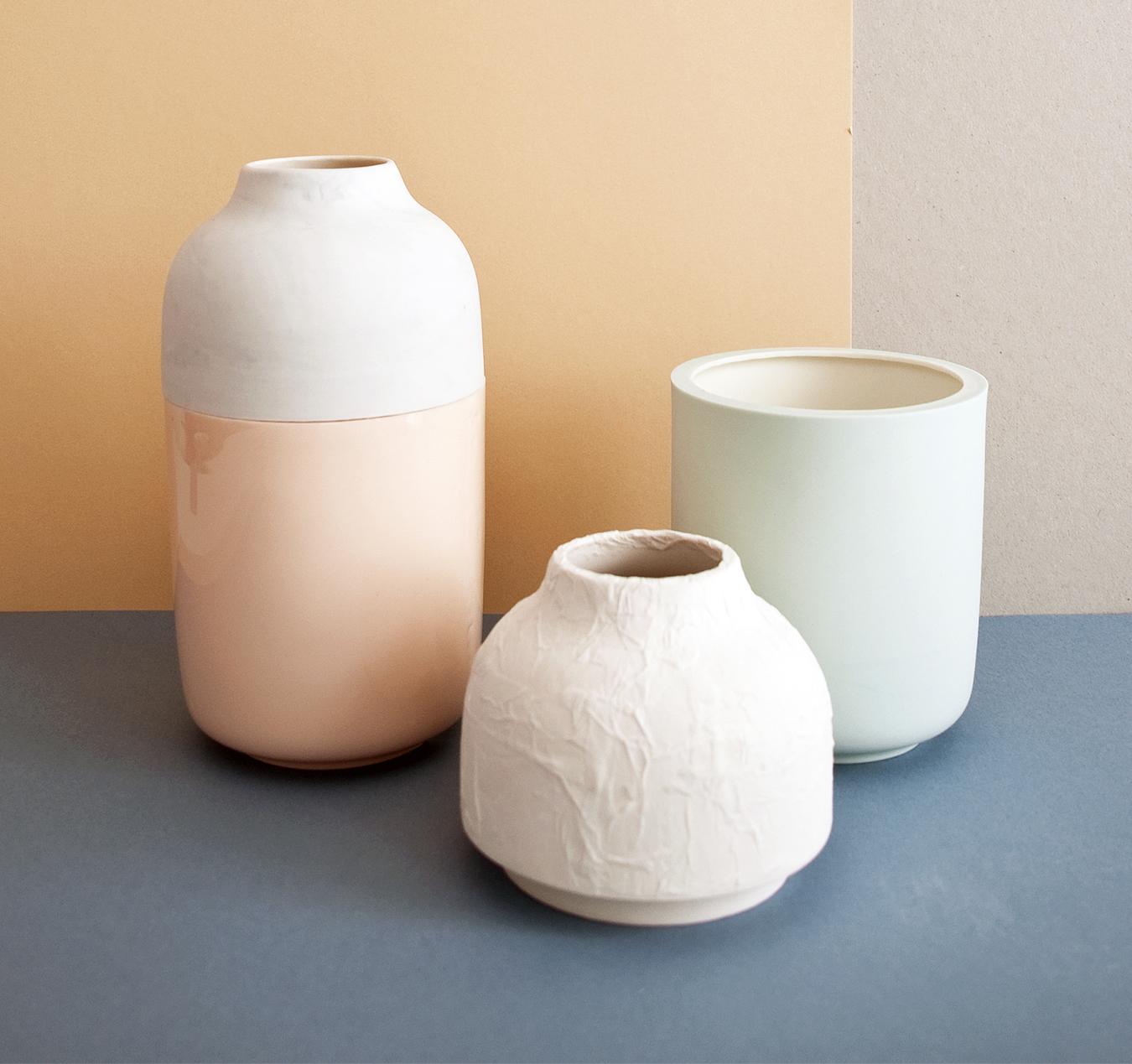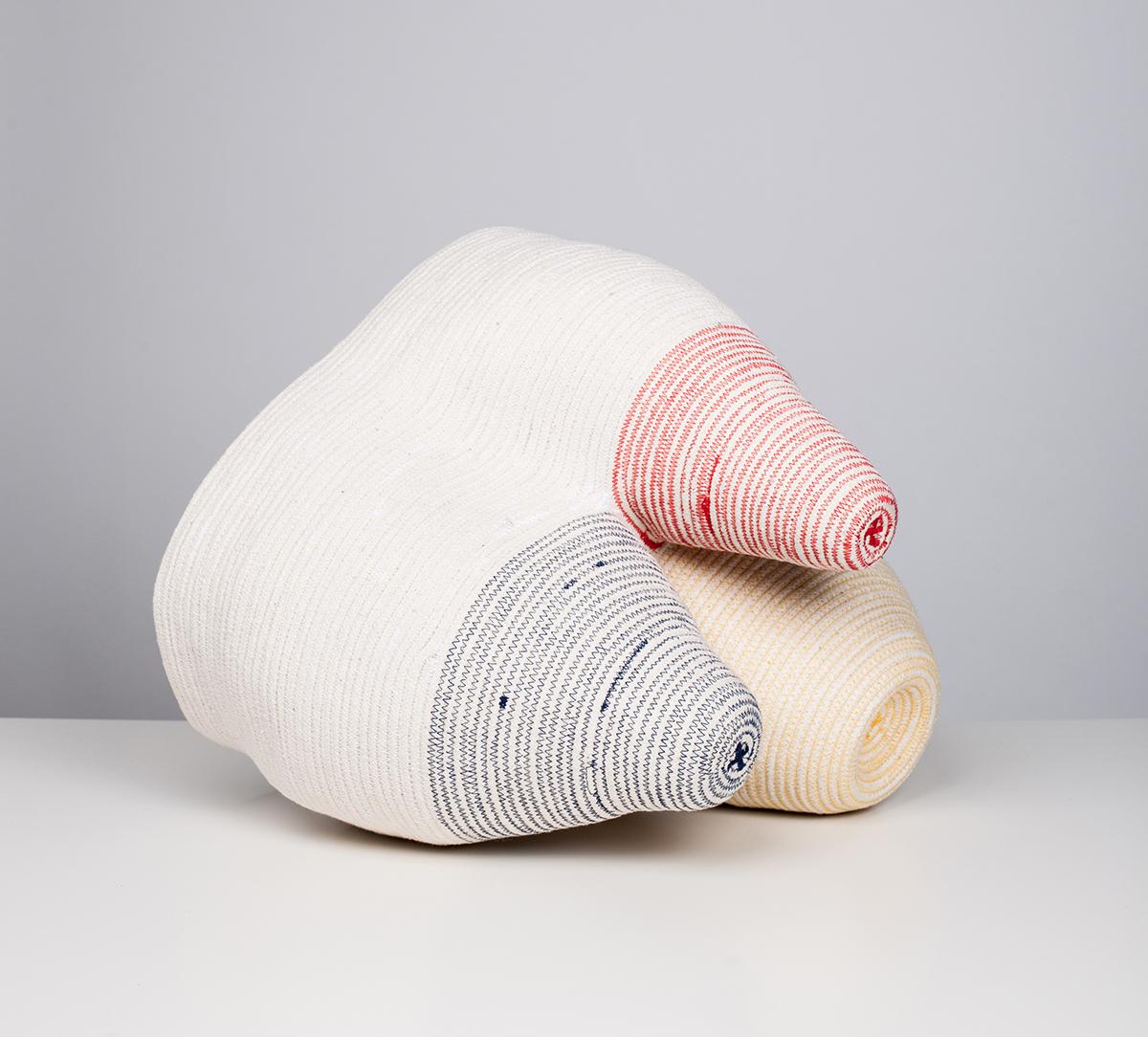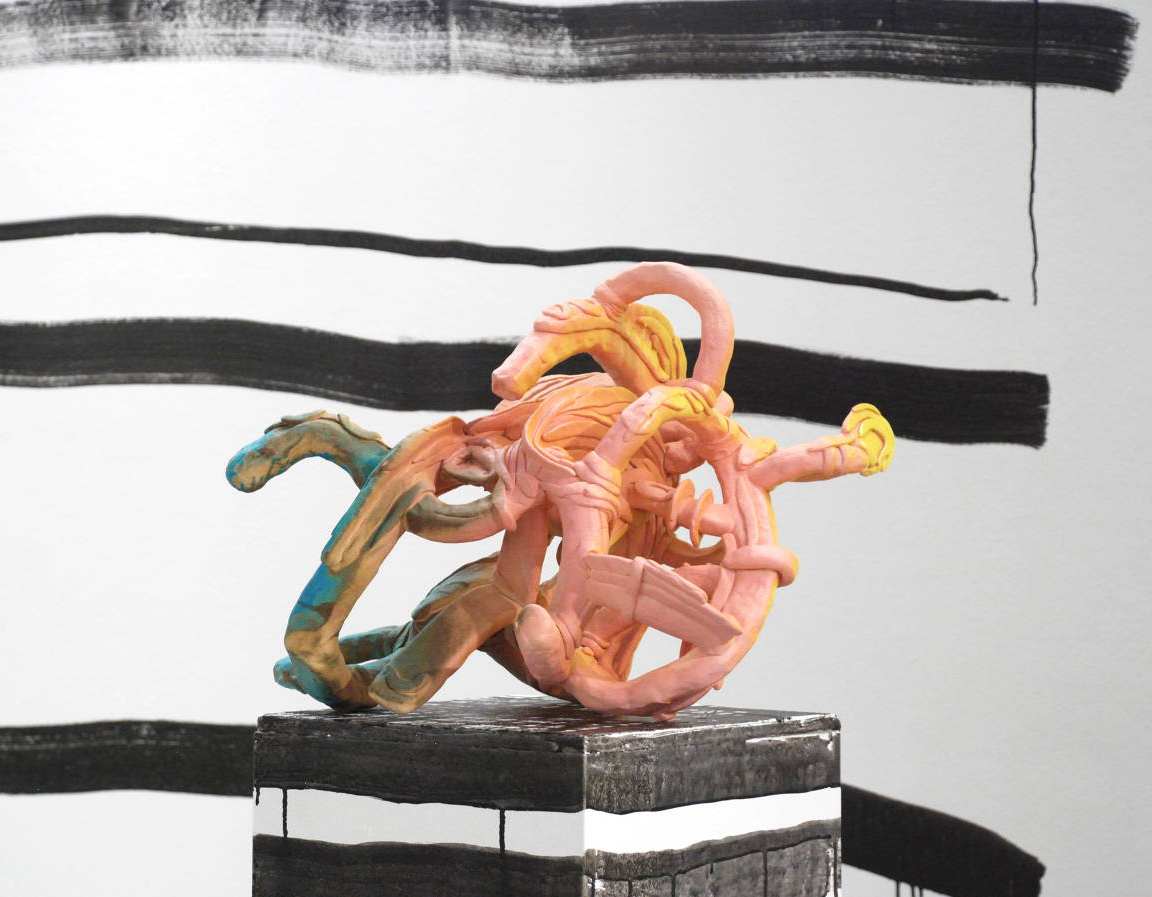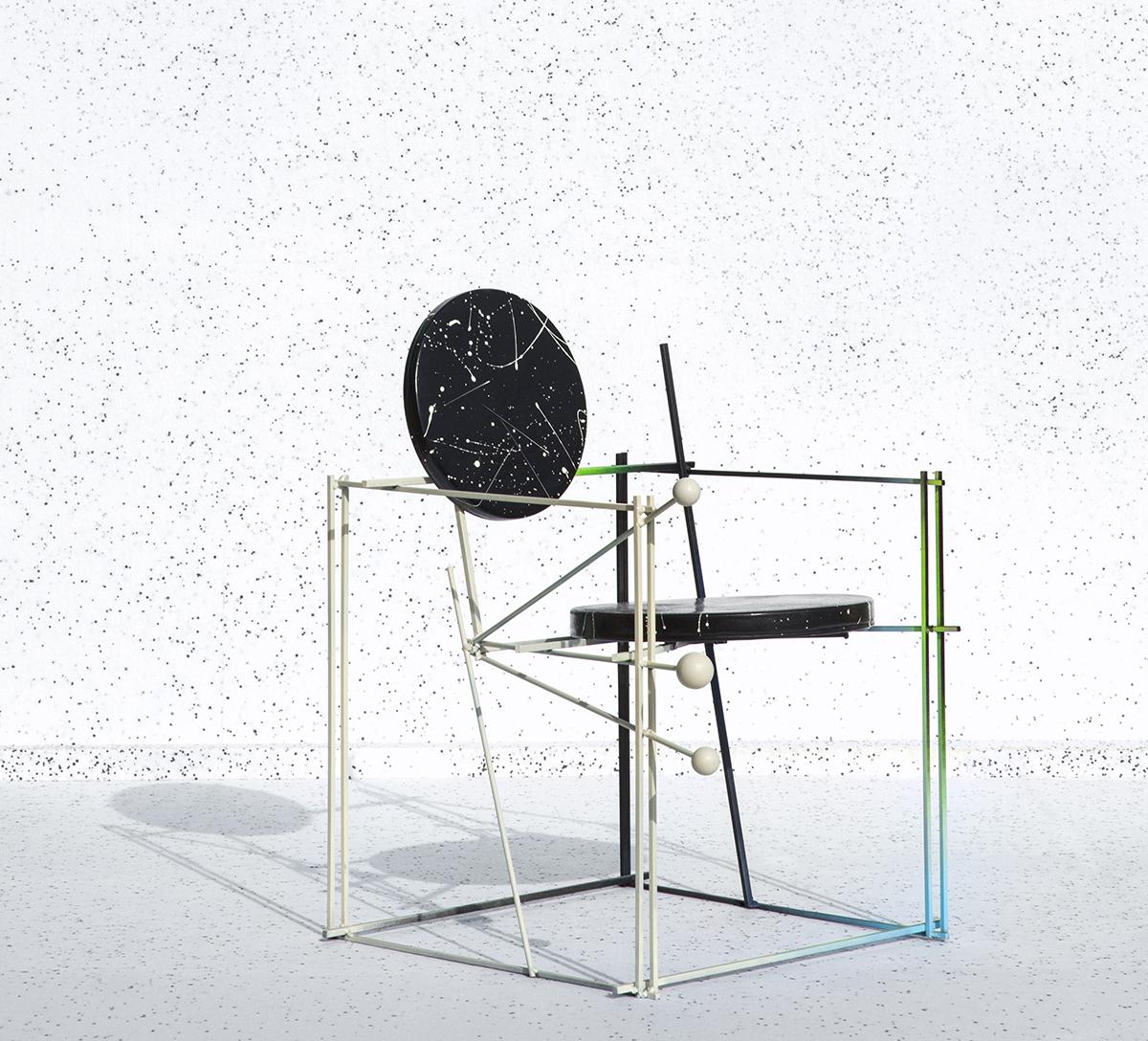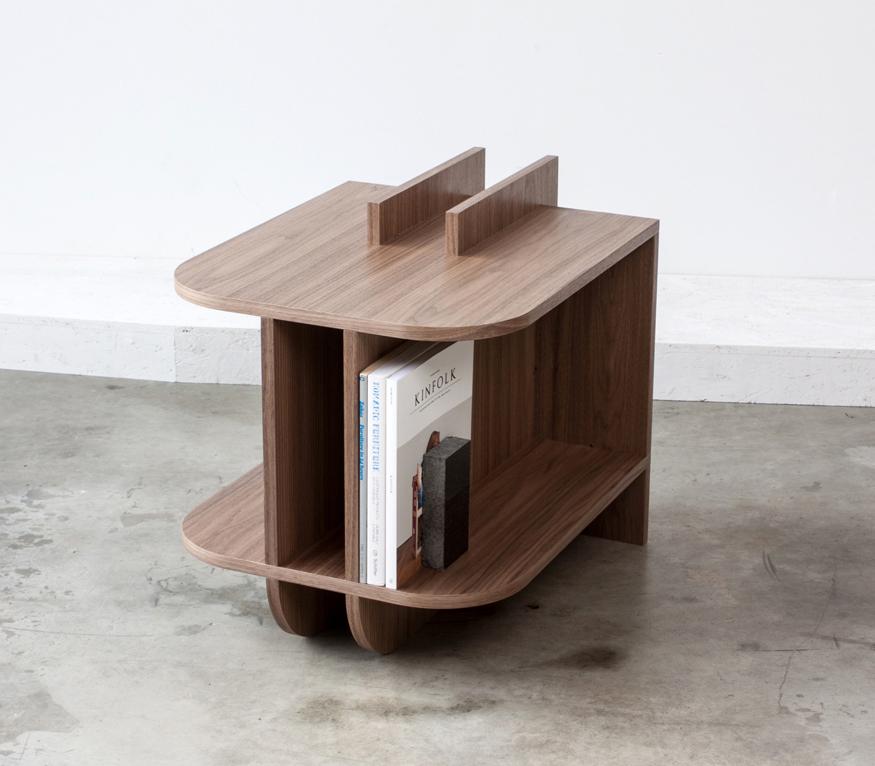
05.03.14
Saturday Selects
Week of April 28, 2014
A weekly Saturday recap to share with you our favorite links, discoveries, exhibitions, and more from the past seven days. This week: a website that treats industrial supplies as art, an exhibition that treats styrofoam scraps as furniture, and a side table (pictured above) that comes in three flat-pack, numerically based configurations, each more beautiful than the next.
